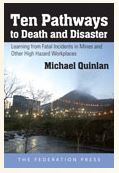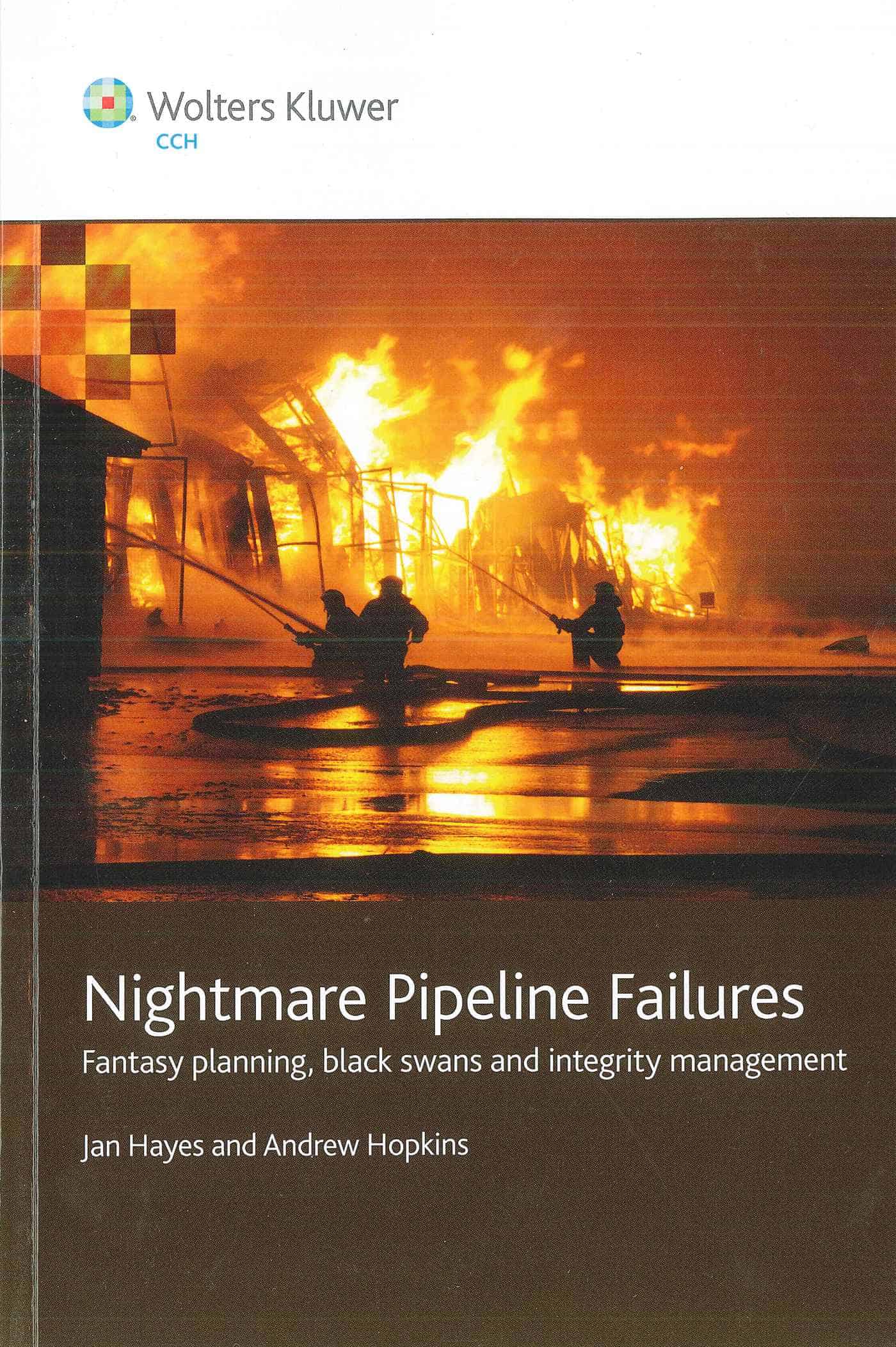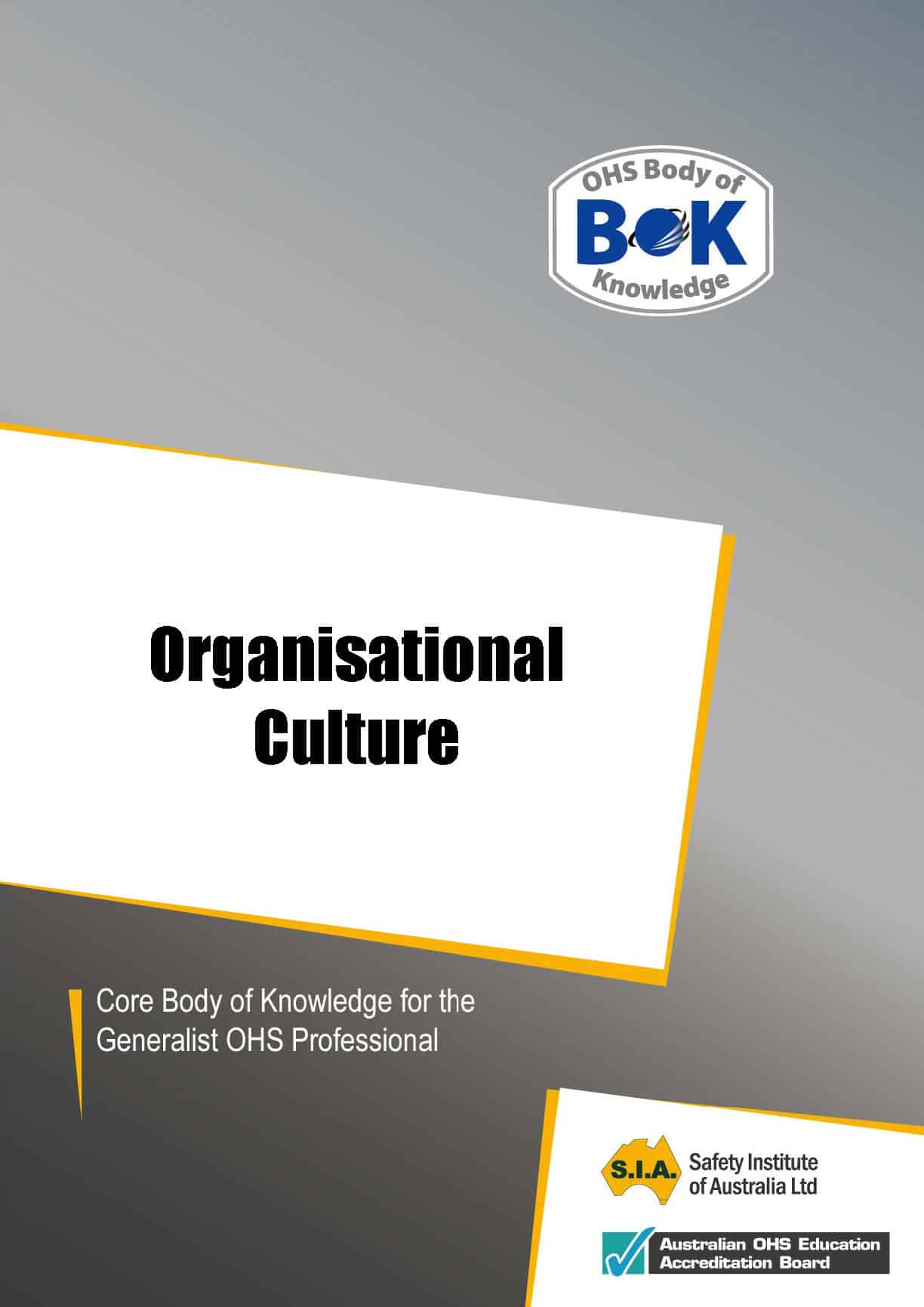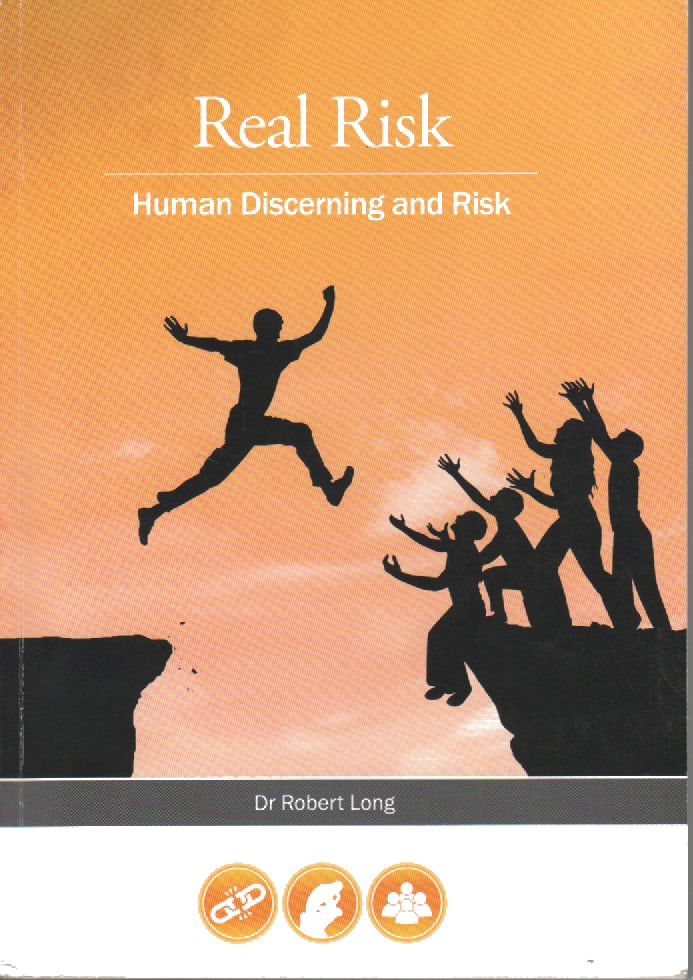 Professor Michael Quinlan has a new book that focuses on lessons from recent mining disasters but, as with the best of occupational health and safety (OHS) books, it challenges orthodoxies. Some OHS consultants and experts have built careers on these orthodoxies, trends and fads, and will feel uncomfortable with the evidence put forward by Quinlan in “Ten Pathways to Death and Disaster – Learning from Fatal Incidents in Mines and Other High Hazard Workplaces“. The honesty and humanity in this book makes it an essential part of any OHS professional’s library.
Professor Michael Quinlan has a new book that focuses on lessons from recent mining disasters but, as with the best of occupational health and safety (OHS) books, it challenges orthodoxies. Some OHS consultants and experts have built careers on these orthodoxies, trends and fads, and will feel uncomfortable with the evidence put forward by Quinlan in “Ten Pathways to Death and Disaster – Learning from Fatal Incidents in Mines and Other High Hazard Workplaces“. The honesty and humanity in this book makes it an essential part of any OHS professional’s library.
Quinlan establishes an important tenet from the very start:
“… knowledge is not created in a social vacuum.” (page xi)
This simple dictum is vital to an understanding of the true causal factors on OHS decision-making. People die from OHS failures. Politicians create laws and situations that can encourage failures, increase risk and can provide a veneer of respect for heartlessness and exploitation. Business owners may feel pressured to place production before safety. Some OHS writers and advocates stop, often unconsciously, at the point where their theory or market research would fail scrutiny. Some apply critical thought only “as far as is reasonably practicable” to continue a business activity that is short-term or to sell their consultancy package to gullible or naive corporate executives.
Quinlan writes of the “political economy of safety”:
“The political economy perspective argues that safety, including workplace disasters, can only be understood in the context of the distribution of wealth and power within societies, and dominant social policy paradigms that privilege markets and profit, production or economic growth over safety.” (page 24, emphasis added)
To many readers this may sound like socialism in its mention of wealth distribution and power but such a perspective is valid even though it may be unfashionable. Such a broad perspective allows for a critical assessment of other OHS research approaches such as, for instance, the culture advocates.



 When people mention safety, they are often really talking about risk. In a similar way, people talk about the absurdity of ‘elf ‘n’ safety when they actually mean public liability or food safety or
When people mention safety, they are often really talking about risk. In a similar way, people talk about the absurdity of ‘elf ‘n’ safety when they actually mean public liability or food safety or